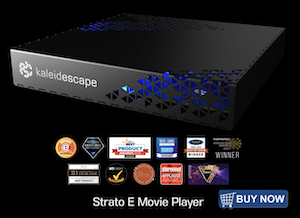mccarty350
Member
Thread Starter
- Joined
- Apr 5, 2021
- Posts
- 80
I can't find a way to take a poll but given some of the other threads I'd like to gauge what the average stability experience is so that we have an over arching picture.
Here's my ask for those who participate (and if my questions are poor I'm game to revise them):
Question: On average how many issues to you experience with Audiolense XO. Issues being vaguely defined as over arching crashes, correction procedures that bomb out, measurements that crash or any other unanticipated result that falls under the genre of stability?
A. I never have stability issues.
B. On average 1 in 10 sessions I have with the software will result in an issue being experienced.
C. On average 1 in 5 sessions I have with the software will result in an issue being experienced.
D. On average 1 in 2 sessions I have with the software will result in an issue being experienced.
E. I have an issue every time I use the software.
My experience given my environment is D
My environment:
1. Windows 10 Pro
2. Early Generation i7 with 16 gigs of RAM
3. Asus Xonar U7 Mk II sound Card using Default Drivers
4. 8 channel convolution files being generated in almost every case.
5. ASIO4ALL being leveraged.
6. Minidsp UMIK for measurements.
Probably many other variables to my environment that I'm missing that are pertinent but perhaps we can find some commonalities on things that don't work well.
Here's my ask for those who participate (and if my questions are poor I'm game to revise them):
Question: On average how many issues to you experience with Audiolense XO. Issues being vaguely defined as over arching crashes, correction procedures that bomb out, measurements that crash or any other unanticipated result that falls under the genre of stability?
A. I never have stability issues.
B. On average 1 in 10 sessions I have with the software will result in an issue being experienced.
C. On average 1 in 5 sessions I have with the software will result in an issue being experienced.
D. On average 1 in 2 sessions I have with the software will result in an issue being experienced.
E. I have an issue every time I use the software.
My experience given my environment is D
My environment:
1. Windows 10 Pro
2. Early Generation i7 with 16 gigs of RAM
3. Asus Xonar U7 Mk II sound Card using Default Drivers
4. 8 channel convolution files being generated in almost every case.
5. ASIO4ALL being leveraged.
6. Minidsp UMIK for measurements.
Probably many other variables to my environment that I'm missing that are pertinent but perhaps we can find some commonalities on things that don't work well.
















